
Simon and Garfunkel met as teenagers in a school play, where Simon played the White Rabbit and Garfunkel the Cheshire Cat. The pair initially tried to break into the music industry as Tom and Jerry, playing Everly Brothers inspired teeny pop, then made their first LP in the midst of the 1960s folk revival. The LP bombed and Simon moved to London. But producer Tom Wilson noticed that ‘The Sound of Silence’ was popular among students, and overdubbed electric guitar and a rhythm section onto the original recording. This created a number one hit and launched the duo’s career.
Introduction
Simon and Garfunkel cobbled together a quick second LP to accompany the surprise hit. They hit their stride in the late 1960s, with their meticulously produced, sweetly harmonised, and literate blend of folk and pop. The pair splintered in 1970, and never recorded another studio album, but have periodically toured. They recorded a track in 1975 that ended up on both of their solo albums from that year – the Simon-penned ‘My Little Town’.
Paul Simon was clearly the driving force behind the band, as the songwriter and guitarist, but Garfunkel’s beautiful tenor and ear for harmony is also a key component of their sound. Simon’s solo work has eclipsed Simon and Garfunkel’s catalogue in quantity and quality, but he’s never won the same place in popular culture that he did as part of Simon and Garfunkel.
Simon and Garfunkel Album Reviews
Wednesday Morning, 3AM
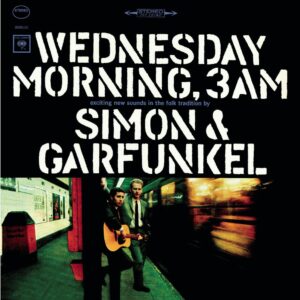
1964, 3.5/10
After releasing singles in the 1950s as Tom and Jerry, Paul Simon and Art Garfunkel re-emerged in the sixties folk movement with 1964’s Wednesday Morning 3AM. Their debut is a very strait-laced traditional folk album, featuring fare such as the Christmas carol ‘Go Tell It On The Mountain’ and the shanty ‘Peggy-O’. The nadir is a lively cover of Dylan’s ‘The Times They Are A-Changin”, which misses the nastiness of the original.
Wednesday Morning, 3 AM. is an inauspicious debut, and apart from Garfunkel’s harmony vocals, the only thing to distinguish it is Simon’s original compositions; the original acoustic version of ‘The Sound of Silence’ only needed some rock band overdubs to make it a hit single, while the low key title track is also pleasant. There are some other nice Simon compositions – ‘He Was My Brother’ and the low-key ‘Bleecker Street’ – but the upbeat covers dominate the tone of the album.
Apart from Simon’s original songs, Wednesday Morning, 3AM feels like the work of a long-forgotten trad-folk duo, and it’s more of a historical curiosity than an essential part of their oeuvre.
The Paul Simon Songbook

1965, 5.5/10
The Paul Simon Songbook is a Simon solo album, but it’s part of the Simon and Garfunkel narrative; after the commercial failure of Wednesday Morning 3 AM, Paul Simon relocated to London. A performance in a Soho club created a groundswell of public interest which resulted in The Paul Simon Songbook.
Songbook is essentially a collection of demo recordings, with just Simon and his guitar, delivering stripped back versions of songs that would mostly appear on Sounds of Silence and Parsley, Sage, Rosemary, and Thyme. ‘A Church is Burning’ and ‘A Side of a Hill’ are competent songs that never appeared on any other Paul Simon album, although the lyrics of ‘Side of a Hill’ were woven into ‘Scarborough Fair/Canticle’. The embryonic version of ‘A Simple Desultory Philippic’ with markedly different lyrics is also noteworthy, while even the awkward ‘A Most Peculiar Man’ is enhanced by the stripped-down treatment.
The Paul Simon Songbook is a difficult record to grade – on one hand, it’s more consistent and more coherent than Simon and Garfunkel’s first two albums, but on the other hand, it’s essentially demo recordings and it’s lacking Garfunkel’s beautiful harmonies.
Sounds of Silence
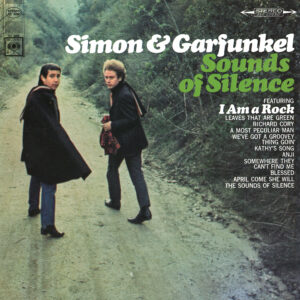
1966, 6.5/10
While Paul Simon was attempting to launch his music career in London, producers at Columbia Records noticed that the song ‘The Sound of Silence’ from Wednesday Morning, 3 AM. had gained a following among college students. Electric backing was added to the track, and it was released as a single, reaching the top of the US charts. Simon was rushed back to New York to record an accompanying album, and it’s hardly surprising that the result also sounds a little rushed – it’s not as detailed as their later studio work.
Most of the songs are recycled from earlier projects; the title track from Wednesday Morning, 3AM. is reworked into ‘Somewhere They Can’t Find Me’, while many of the other songs are taken from The Paul Simon Songbook. Even with the cobbled-together nature of the album, there’s a lot more quality on this release than the previous record – the brooding ‘I Am A Rock’ is the other well-known track from this release, but there’s also the gentle ‘April Come She Will’ and the yearning ‘Kathy’s Song’, as well as the pop-oriented ‘We’ve Got A Groovy Thing Going’, but they’re nestled alongside the mawkish ‘A Most Peculiar Man’ and ‘Richard Corey’.
Sounds of Silence is an entertaining listen, but it’s a hastily compiled album by a duo still learning their craft, and they’d soon start making even stronger records.
Parsley, Sage, Rosemary and Thyme
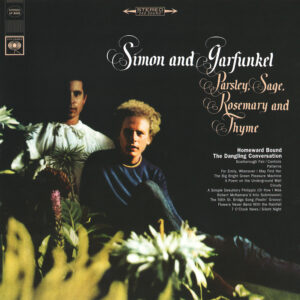
1966, 8/10
Parsley, Sage, Rosemary and Thyme was the first fully-fledged Simon and Garfunkel record, with time in the studio to achieve a lush and detailed sound. But lyrically, Paul Simon is still finding his feet – he often veers into pretentiousness; ‘The Dangling Conversation’ in particular features awkward lyrics like “And you read your Emily Dickinson/And I my Robert Frost/And we note our place with book-markers/That measure what we’ve lost,” ‘Poem on an Underground Wall’ over-dramatises a piece of subway graffiti, while ‘A Simple Desultory Phillipic’ is sub-Dylan political commentary.
Apart from the sometimes misguided lyrics, Parsley, Sage, Rosemary and Thyme cements Simon and Garfunkel as pop craftsmen – while they’re still ostensibly a folk duo, they’re able to add touches of pop, jazz, and even psychedelic rock (‘Big Green Pleasure Machine’) to their palette. ‘Scarborough Fair/Canticle’ reworks a traditional song with Simon’s ‘Side of the Hill’ with lovely results, ’59th Street Bridge Song’ uses Dave Brubeck’s rhythm section, while ‘Homeward Bound’ is simultaneously mournful and propulsive.
While Simon’s lyric writing is sometimes awkward, Parsley, Sage, Rosemary and Thyme is the first Simon and Garfunkel album that feels fully realised.
Bookends

1968, 9/10
Sonically, Bookends is a continuation of the baroque folk-pop of Parsley, but lyrically it’s much more mature and richer. Bookends is based around an aging theme, with childhood represented in ‘Punky’s Dilemma’ and ‘At The Zoo’, adolescence in ‘Save the Life of My Child’, young adults in ‘America’, older adults in ‘Overs’, and old age in ‘Old Friends’ and ‘A Hazy Shade of Winter’.
Instead of pretentious poetry, Paul Simon’s songwriting finger is on the pulse on American society; ‘Mrs. Robinson’ asks “Where have you gone Joe Di Maggio/a nation turns a lonely eye to you,” while ‘America’, reflects a climate of apathy in a nation unsure of itself at the height of Vietnam (“Kathy, I’m lost I said though I knew she was sleeping/I’m empty and aching and I don’t know why.”).
Bookends is Simon and Garfunkel’s most consistent record, and the only quibble I have with it is that it’s too short; even including interviews with old people and variations on the Bookends theme, and it still clocks in at less than half an hour.
Bridge Over Troubled Water

1970, 8.5/10
Bridge Over Troubled Water is a two-paced album; half is a continuation of the meticulous Simon and Garfunkel studio sound, taken to new heights of ambition and grandeur, while the other half is looser and lighter. During the recording of Bridge Over Troubled Water, Garfunkel decamped to Mexico to star in Catch-22, providing a subtext for the album’s ‘The Only Living Boy in New York’; a beautiful piece about Simon feeling abandoned by Garfunkel.
Among the other significant pieces is the folk epic ‘The Boxer’; the guitars and vocals were recorded in a Church for atmosphere, while the booms in the chorus were recorded down an elevator shaft. The title track, with Larry Knechtel’s flowing piano, is a pop standard, while the Peruvian ‘El Condor Pasa’, marking Simon’s first foray into world music, is also suitably epic. The remainder of Bridge Over Troubled Water is comparatively low key and less ambitious, although the percussive ‘Cecilia’ was a hit, and ‘Song for the Asking’ is a nice low key acoustic piece. It’s perhaps unfair to criticise Simon’s writing for loosening up after two very serious LPs, but it does make Bridge Over Troubled Water less unified than its predecessors, and the lighter songs like ‘Why Don’t You Write Me’ and the live cover of The Everly Brothers’ ‘Bye Bye Love’ detract from its gravitas.
While they’re toured and recorded one-off songs since Bridge Over Troubled Water was Simon and Garfunkel’s final studio album, and it features some of their best-loved work.
The Concert in Central Park

1982, 6.5/10
Simon & Garfunkel reunited for a free concert in New York’s Central Park in 1981, in front of an audience of half a million people. While it was doubtless a great event to attend, it’s not as exciting on record.
The soft jazz sound that Simon was pursuing at the time feels dated on the Simon and Garfunkel songs. Songs like the opening ‘Mrs Robinson’ feel smothered with Richard Tee’s electric piano and the jazzy leads, and the duo’s songs sound better in simple arrangements like ‘April Come She Will’.
Simon’s solo material fares better – there’s a smoking version of ’50 Ways to Leave Your Lover’. Garfunkel’s solo spotlight on ‘A Heart in New York’ is a good choice too. The live album cuts out Simon’s as yet unreleased ‘The Late Great Johnny Ace’; Simon’s performance was interrupted by a fan insisting on speaking to him.
The Concert in Central Park marks a significant event, but it’s more something to watch on YouTube once than an album that bears a lot of replays.
10 Best Simon & Garfunkel Songs
Continue to Paul Simon Album Reviews
Back to 1960s Album Reviews…..
One comment
Leave a Reply
Related Pages
About
Aphoristic Album Reviews is almost entirely written by one person. It features album reviews and blog posts across a growing spectrum of popular music.
Review Pages
Read about the discographies of musical acts from the 1960s to the present day. Browse this site's review archives or enjoy these random selections:
Blog Posts
I add new blog posts to this website every week. Browse the archives or enjoy these random selections:

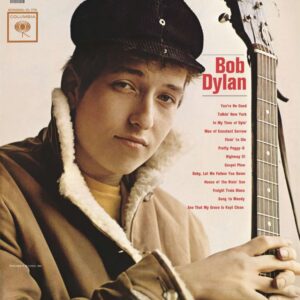
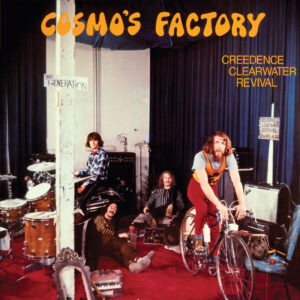

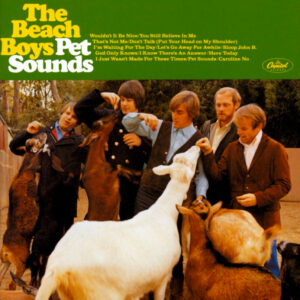
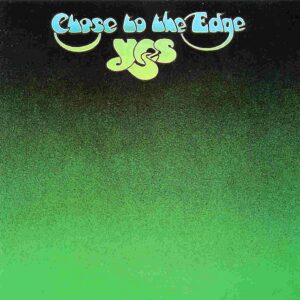

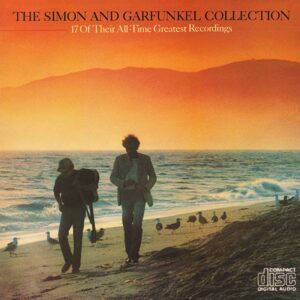


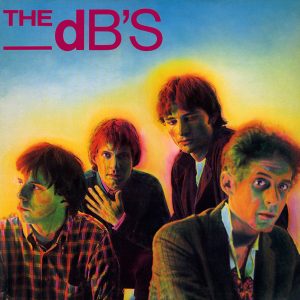
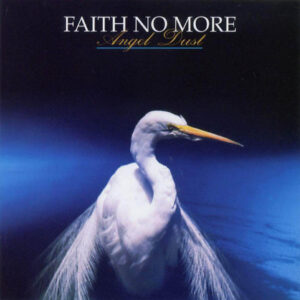


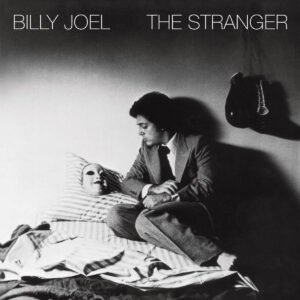

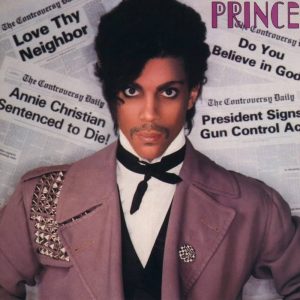
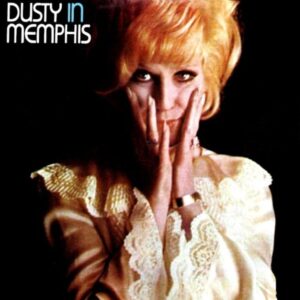
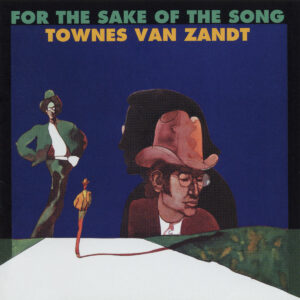






There are so many good songs… My top ten would be
America
Kathy’s Song
April Come She Will
The Sound of Silence
The Boxer
Homeward Bound
I Am A Rock
Mrs. Robinson
The Only Living Boy In New York (Unlike the other songs I just started to listen to this one in the past couple of years)
Cecilia